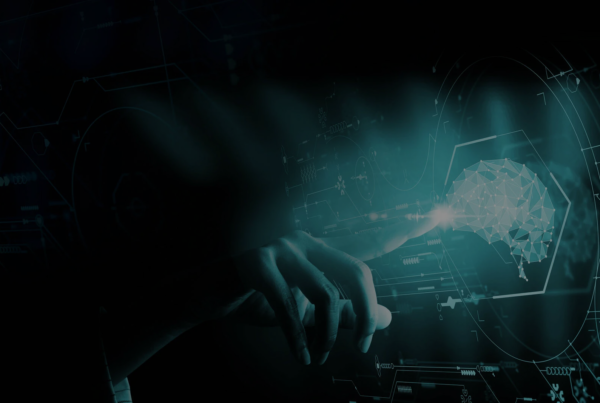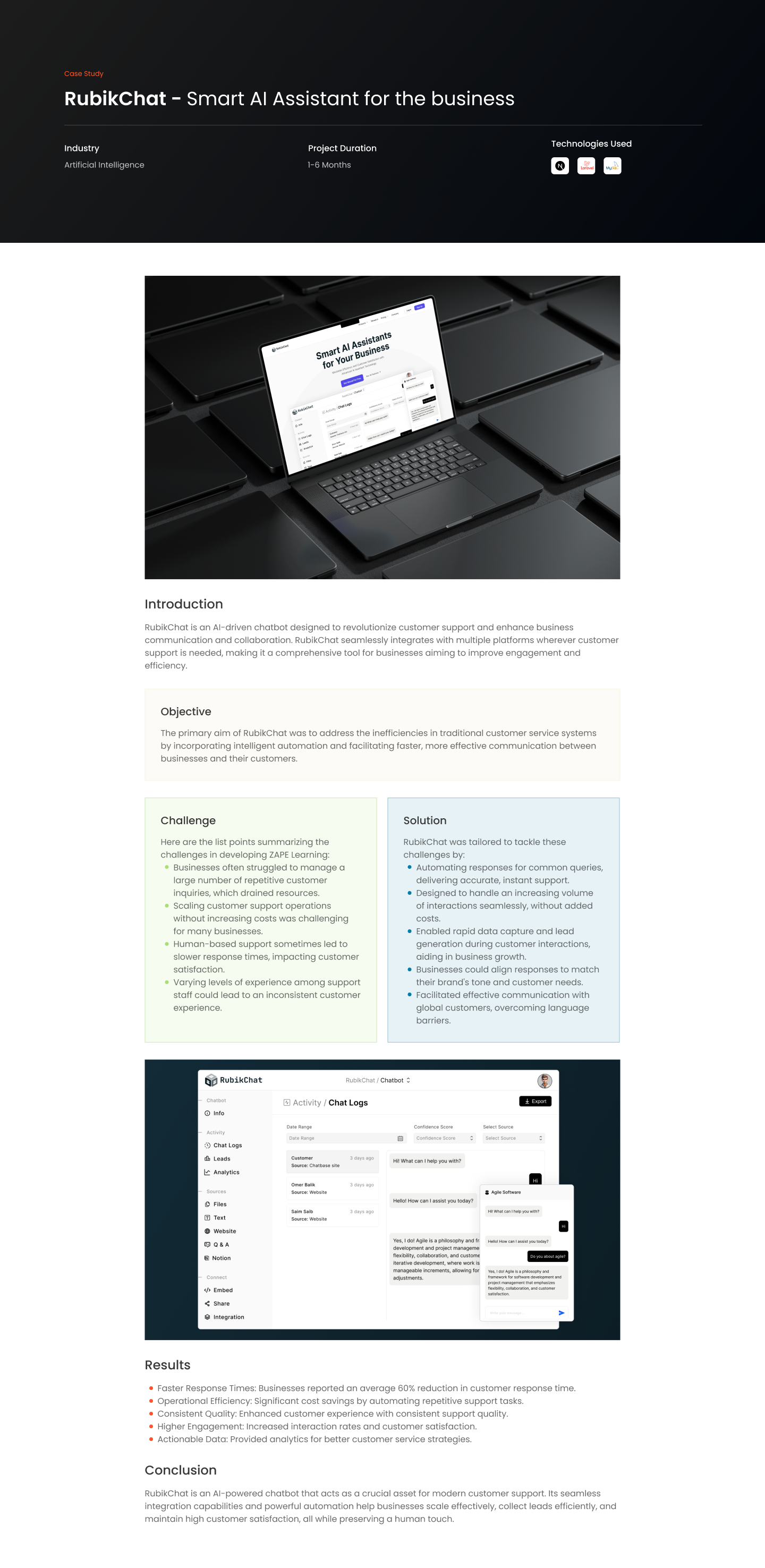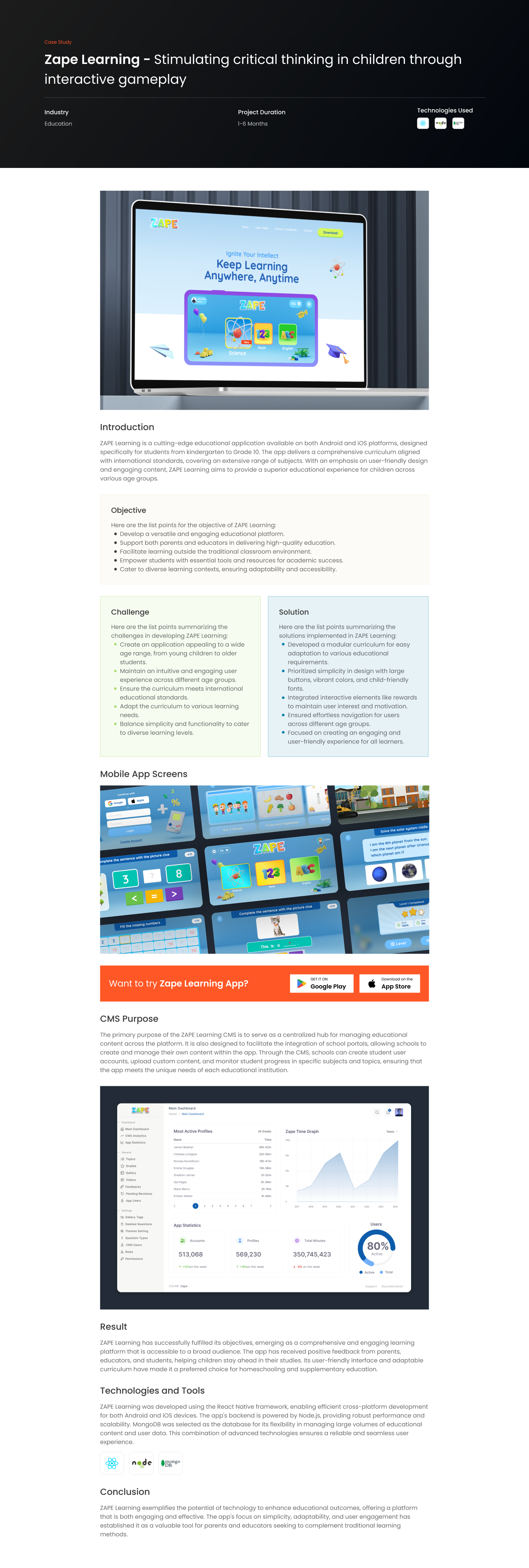Introduction
Have you ever wondered how Netflix suggests movies you might like or how Google Photos
recognizes your face in a group of people? The secret behind these technologies is Artificial Intelligence(AI). AI is a broad field, and the two key players making all this magic happen are Machine Learning and Deep Learning.
Machine Learning (ML) and Deep Learning (DL) are often misinterpreted as synonymous. This
discourse aims to delineate the intricacies and differences between ML and DL, shedding light on theirapplications across diverse problems and sectors.
What is Machine Learning?
Machine Learning, a cornerstone of AI, is all about creating smart algorithms that learn from
data and make informed decisions. In simpler terms, Machine Learning gives computers the ability to learn without being explicitly programmed to do so.
Types of Machine Learning
There are primarily two types of Machine Learning algorithms:
- Supervised Learning: Here, algorithms are nurtured on labeled data, wherein every input is
tagged with a corresponding output. By discerning patterns within the data, these algorithms
map inputs to outputs. For instance, categorizing animals based on features like fur, legs, and
ears epitomizes supervised learning.
Think of this as a teacher-student relationship. The algorithm, or the ‘student,’ learns from
labeled examples provided by the ‘teacher.’ For instance, in image classification tasks, each
image (input) has a label (output) like ‘cat’ or ‘dog.’ - Unsupervised Learning: Contrarily, unsupervised learning thrives on unlabeled data, devoid of
specific outputs for each input. It embarks on a quest to unearth structure or clusters within the
data, driven by similarity or distance metrics. Grouping customers based on purchasing
behaviors exemplifies unsupervised learning.
In other words, the algorithm explores uncharted waters. It gets a dataset without any labels and
tries to find hidden patterns or groupings. Imagine it’s like walking into a room full of strangers
and figuring out who shares common interests.
What is Deep Learning?
Deep Learning, a subset of Machine Learning, takes inspiration from the human brain to process
data. It primarily uses Artificial Neural Networks, a type of algorithm designed to recognize patterns,to sift through layers of information and make sense of it.
How Deep Learning Differs from Machine Learning
The crux of the difference lies in their approach to problem-solving:
- Machine Learning: Often relies on explicitly programmed features or rules. These are akin to
‘hints’ that guide the algorithm. - Deep Learning: Conversely, it learns to identify important features on its own, making it more
flexible but also more of a ‘black box’ in terms of interpretability.
Applications: Where do They Shine?
Whether it’s Natural Language Processing or Computer Vision, both Machine Learning and Deep
Learning have their unique strengths:
- Natural Language Processing (NLP): Machine Learning excels in tasks like sentiment analysis
and text summarization, while Deep Learning shines in machine translation and speech
recognition. - Computer Vision: Machine Learning is great for basic tasks like face detection, whereas Deep
Learning takes it up a notch with complex tasks like semantic segmentation. - Recommender Systems: From Netflix’s movie suggestions to Amazon’s product
recommendations, both techniques are widely employed, each offering its unique advantages.
Conclusion, In the grand scheme of AI, both Machine Learning and Deep Learning offer invaluable
approaches. Both are symbiotic elements within the AI ecosystem, each with its unique strengths,
weaknesses, and application spectrums. Machine Learning offers a broad and interpretable spectrum of
applications, while Deep Learning provides high performance and adaptability. Together, they are
transforming our digital world in ways we could have only dreamed of.











